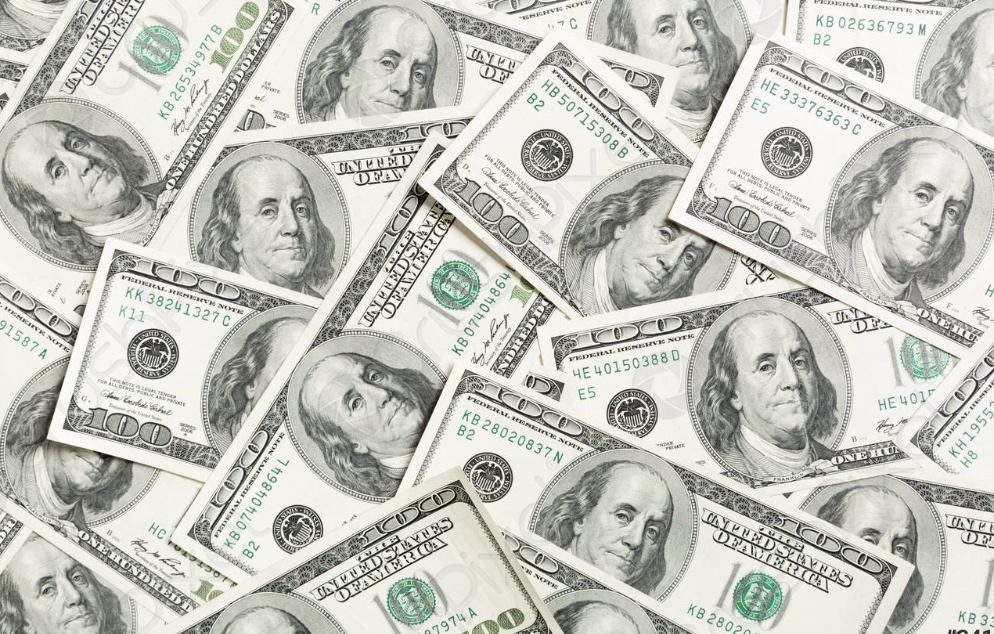US Dollar Index is higher at 108.00 as US inflation bolsters aggressive Fed language
DXY reverses a two-day decline as buyers prepare for a new multiyear high. US CPI surged to a 40-year high, spurring calls for a 100 basis point Fed rate rise. The inversion of yield curves increased recession worries. US PPI and Jobless Claims might interest traders, but the issue is risk triggers.


During Thursday's Asian session, the US Dollar Index (DXY) rose 0.15 percent to 108.20, justifying the four-day high inflation data and reversing a two-day decline. The recent rise in the dollar index may also be attributable to worries of a global economic downturn and increased pessimism surrounding Europe.
Recent Fed officials embraced the market's hawkish inclination despite monitoring the highest US inflation statistics in forty years. As reported by the New York Times, Mary Daly, president of the Federal Reserve Bank of San Francisco, recently stated that a 75bp increase in July is most likely, but a 100bp increase is still feasible. Before that, Thomas Barkin, president of the Federal Reserve Bank of Richmond, expressed his support for higher rates at the previous meeting, while Loretta Mester, president of the Federal Reserve Bank of Cleveland, stated, "The CPI data does not imply a smaller rate increase in July than in June."
In spite of this, the US Consumer Price Index (CPI) for June increased by 9.1 percent year-over-year, compared to 8.8 percent predicted and 8.8 percent before. The Core CPI, which excludes volatile food and energy costs, decreased to 5.9% from 6% before, but above experts' expectations of 5.8%. Notable is the fact that the BOC announced a 100 bps rate rise, defying market expectations from the previous day.
As reported by Reuters, White House (WH) Economic Adviser Brian Deese told CNBC that the CPI data demonstrates the need of Congress passing measures to stimulate semiconductor production in the US. In contrast, US President Joe Biden stated that CPI data is 'out of data' due to the decline in petroleum costs.
Wall Street benchmarks finished in the red despite recouping most of their losses, while 10-year Treasury rates declined four basis points (bps) to 2.93 percent towards the end of the North American session on Wednesday. In addition, US 2-year Treasury rates surged 3.5 percent in a single day to reach 3.15 percent, which deepened the inversion with the 10-year mark and exacerbated recession concerns. In light of this, S&P 500 Futures had decreased 0.60 percent as of press time.
Moving forward, the US Producer Price Index for June and weekly Jobless Claims will adorn the calendar and provide DXY traders with entertainment. However, substantial focus will be placed on Fedspeak and risk drivers such as recession-related discussion.
Bonus rebate to help investors grow in the trading world!

 English
English














